Why Is the Farmer Angry?
The government recently brought in 3 farm laws with the stated objective of bringing in investment into the Agriculture sector by- removing impediments in the market access, stockpiling regulations and laws, as well as improving contract farming structures. Besides this, there is a pending bill in Parliament to remove the power subsidy to the farm sector. There is also a new law which penalizes a farmer with fines of $150,000 (the annual farmer revenue being $1000) for burning paddy residue and giving rise to air pollution. These legislations have unnerved farmer bodies. The farmers have opposed all five laws, and have been campaigning for the last three months. However, matters escalated within the past 20 days seeing masses encircling the national capital in peaceful protest. They have also demanded that the Minimum Support Price for all crops be legislated with penal provisions if violated.
Since 2013 the bumper crops have resulted in a steady deflation in farm-produce prices which are now 7 years running. Over 3,00,000 farmer suicides in the last decade have been a direct outcome of the agrarian crisis that grips the nation.
How poor is poor anyway?
The Economic survey in 2017 stated that the farming household incomes in 6 states in India fell below Rs. 50,000 per annum (for a family of 4), well under the minimum wage for unskilled labour set by each state. The range of income for over Rs. 14 crore farming households in India varies by state from a low of Rs. 30,000 to a high of Rs. 1,92,000 per annum, and the average for the country is Rs. 78,000 p.a. i.e. under Rs.20,000 p.a. per capita, or under Rs.2000 per month. 60% of this rural income is coming from non-agricultural sources, mainly as labour/working in factories /MNREGA to supplement farm income.
Any discussion on farmer issues must first come to terms with the reality that 500 million farmers are below any sensible definition of the Poverty Line. When the media tags some of them as being pampered, they end up showing blatant insensitivity to all but 2% of farmers with landholdings over 25 acres. The highest-earning states, Punjab and Haryana generate a household gross income of Rs.192,000 ($2700)p.a., and an average household debt between Rs.3-9 lacs.
Food Security
A nation’s memory should not be so short, that to cope with famines and food shortages in 1965 Lal Bahadur Shastri had to resort to giving a call to the nation for fasting one day a week to reduce the demand. Even between 2006-08, the central government was wooing farmers in Punjab and Haryana for growing more wheat as the supply was inadequate for meeting the commitments in the Public Distribution System. Our farmers have made us self-sufficient in foodgrains, milk, fruits and vegetables, and substantially reducing imports of edible oils and pulses.
Therefore, what should a $2.7 trillion economy be willing to pay for its food security?
The OECD (Organisation for Economic Co-operation and Development) conducted a study in 2018 quantifying the support major nations provide to their respective agricultural sectors. Globally the annual aid to agriculture is approximately $ 700 billion, without which agriculture has proven unviable on a standalone basis. China tops the list with $190 billion, The European Union with $120 billion, and the US with $50 billion. Whilst India provides its farmers with a direct subsidy of $30 billion (fertilizer, power, irrigation water) , PM Modi introduced a Rs.6,000 direct benefit transfer to all farmer households ($8 billion) totalling $38 billion. However, the study shows we are penalizing our farmers $77 billion by paying them below international prices in many crops. There isn’t a single developed country that does this.
The reality on the ground is that policies of successive Governments have resulted in the Indian farmer subsidizing the Indian trader (no evidence that benefits go to consumer) and the farm sector being deprived of fair treatment. The contrast is glaring when we compare China and India with populations of 150 and 140 crores, China subsidises $190 billion, and India penalises $ 38 billion every year.
50 crore able-bodied resources-who wants them?
If Indian farming were to adopt Israeli/Dutch farming practices, 90% of the 60 crore (600 million) farmers would be rendered surplus. Does any government or economist have the faintest idea where they would create 50 crore (500 million) jobs? If these people stopped farming, what would the cost of Universal Basic Income to support their very existence resemble? Both the Industry and Services sectors have been shedding manpower due to automation and Artificial Intelligence applications.
Hence, it is crucial to identify and develop livelihood opportunities for this cohort without geographically destabilizing it. It is for this reason that schemes like MNREGA are so successful in rural areas. We can hope for and strive towards achieving social stability only when 50% of our population can see a future for themselves.
The market for Produce:
The Government of India designed a model, Agricultural Produce Market Committee (APMC) Act in 2003 to bring reforms in the agricultural markets, and these markets are regulated under the APMC Act legislated by State Governments. There are about 2500 principal regulated markets based on geography (the APMCs) and 5000 sub-market yards managed by the respective APMCs in India. Each state APMC selects a group of Commission Agents that enforce the following- market-making, cleaning, standardizing, packing the produce, as well as getting auctions conducted in the presence of farmers who assent to the bid offered to conclude the transaction. For this, they charge a fee on the value of the sale.
These 7,000 Mandis are woefully inadequate to support the sale of the produce. Conservatively, we need at least 42,000 Markets &Yards on the principle of buying point at 5 Km distances from major growing clusters. State governments other than Punjab and Haryana have failed their farmers by doing minimal work in agriculture markets. Farmers consequently, have no pricing power and left to the mercy of traders/aggregators.
Successive Central and State governments have time and time again ignored investment in this sector. From the years 2000 to 2020, the total investment in Agriculture has been $20 billion or Rs. 7,500 crores per year. It is embarrassing to note that a $300 billion sector gets a capital expenditure of $ 1 billion a year and much lip service is paid to the Kisan in every budget since independence.
The total Credit given by banks and institutions to the agriculture sector is roughly Rs. 12 lac crores, of which 55% is too small a number to be given to marginal farmers. The gross NPAs in agriculture are about 1 lac crores, much lower than the Corporate sector which have habitually provided write-offs funded by the Indian taxpayer. The above lending is inadequate, hence many farmers remain indebted to Adhatiyas (commission agents in mandis) estimated at nearly 35% of bank credit.
To give PM Modi his due, the lending to the agricultural sector has doubled from Rs.6 lac crores to Rs. 12 lac crores during his 6 years. His thrust in this direction is visible (included in this is growth in FCI debt by nearly Rs.2 lac crores which is strictly not agriculture credit but food security credit).
India being a low per-capita income country can also justify why only 10% of the produce lands up getting processed and not sold in its primary state. The value addition products are milk and sugarcane. Although, the bulk of the milk is pasteurized, packaged and sold. These demographics are changing slowly, but demand growth of ready-to-eat food is slow due to low per capita income of 95% of the population.
MS Swaminathan Commission and MSP
The Swaminathan Commission was created for finding solutions to the problems faced by farmers. The commission submitted five reports between December 2004 and October 2006.The contentious recommendation related to the calculation of fair pricing of the produce.
To give farmers a minimum support price at 50 per cent profit above the cost of production classified as C2 by the Commission for Agricultural Costs and Prices (CACP)
- The CACP defines production costs of crops under three categories -- A2, A2+FL (standing for family labour) and C2.
- A2 is the actual paid-out expenses incurred by farmers -- in cash and kind -- on seeds, fertilisers, pesticides, hired labour, fuel, irrigation and other inputs from outside.
- A2+FL includes A2 cost plus an imputed value of unpaid family labour.
- C2 is the most comprehensive definition of the production cost of crops as it also accounts for the rentals or interest loans, owned land and fixed capital assets over and above A2+FL.
Swaminathan Commission recommended this to be the basic cost and prescribed MSP 50 per cent above C2.
The UPA government failed to notify prices as per the above formula. MSP has no meaning if it is not backed by a body that will buy the offered produce at the announced price. PM Modi as CM of Gujarat was the biggest advocate of MSP as per the Swaminathan formula, and it was a major poll plank for him in 2014. As PM, in 2015 his government filed an affidavit in the Supreme Court saying they could not fully implement it. There were major farmer agitations in 2018, and once again PM Modi in 2019 reiterated his promise of implementing the report. Till date, the government only gives a mark-up on variable cost but excludes rent on land and farmers labour. Once again, the results belied expectations.
Governments use MSP as bait to provide direction to farmers on what to grow. This is how Punjab and Haryana farmers were induced to completely shift to growing grains- wheat and paddy. Whilst the farmers have delivered output, unfortunately, they did their job too well. The government only buys 40% of India’s paddy and wheat production at MSP leaving the rest of the farmers out to dry, having to sell at 30/40% discounts. The ground reality also is that the Food Corporation of India through whom the Central government buys wheat and paddy at MSP, was holding nearly 100 million tons of Grain as Food Security reserve, and the FCI’s debt would hit Rs. 3.5 lac crores. India is now surplus in grain.
These reserves came in good use as 80 crore (800 million) people could be issued 10Kg per capita every month during the COVID 19 crisis i.e. 8 million tons per month. Possibly the FCI is out of cash, and till the government provides adequate budgetary support further buying may be stymied.
Only 6% of the total production in 22 crops that have a government declared Minimum Support Price is actually bought at that price. 94% has historically been sold to traders in a free market mechanism. Hence it is pertinent to ask, if the private sector has invested in developing the agricultural value chain, or just exploited the small farmers who have no staying power. A classic case is of Bihar where Nitish Kumar abolished APMC in 2007. The farmer in Bihar sells at a 35% discount to the farmer in UP. This act in one stroke killed agriculture in Bihar and forced the creation of “migrant labour”. Ironically, hardy Bihari farmers with larger landholdings in Bihar work as farm labour on smaller holdings in Punjab and Haryana.
The water table levels in Punjab, Haryana, and Western Uttar Pradesh have dropped alarmingly due to growing grains especially paddy which is very water-intensive. Crop diversification in these states is necessary to preserve agriculture for the long term. However, for three decades farmers have moved away from other crops to wheat, paddy, cotton as the Central government incentivized them to become the grain basket of the country. State governments worked hard to create a working mandi (marketplace) system with 50% of the country’s mandis in these two states alone. In both grain crops, the farmer has an assured buyer in the form of the government.
The government of India needs to have the courage to tell the farmers that it erred in its forecasts and farmers in low water table states need to shift to other crops. They could have offered compensation for a defined period for farmers to switch to fruits, vegetables and pulses. This is the least gratitude to be shown for providing us with food security. The farmers know this reality of a disappearing market and hence the heightened fears and tensions as all are upto their ears in debt. It is better to address the real problem of impracticability of Price based support openly and provide succour by a Direct Benefit Transfer. The Prime Minister can redeem himself in the eyes of the farmers by discussing the unthinkable and formulating such a financial solution.
Remarkably the Agricultural sector is the best performer during COVID times and has saved the economy the blushes by absorbing the 80 million migrant labour that returned to their villages preventing a major law and order challenge. Credit also goes to the Central and State Governments that procured a record 39 million tons of Rabi crop and did not let the standing crop go waste. This good work was done by end of May 2020. To be noted is that 67 million tons were absorbed by private buyers. Since APMC regulations were largely suspended due to COVID, and the market mechanism moved smoothly, it perhaps emboldened the Government to hammer the 3 laws through Parliament in a hurry.
60 crore farmers and no representatives in Parliament!
One would presume that 45% population in the country would have a very powerful say in national politics. Yet nowhere does one see a political leader of significant standing who is an agriculturist. We had Chaudhary Charan Singh, Devi Lal, Mulayam Singh Yadav and Prakash Singh Badal, but no younger leaders have emerged. Like India’s middle class, farmers are a generic class which gets split by caste and religion, their challenges for each crop are different, and hence get exploited by political parties whose vested interest is in keeping farmers away from aspirations. Winds of change are visible in the current agitation. After the 1988 agitation of Mahendra Singh Tikait which shook the Rajiv Gandhi brute majority government, 500 farmer associations have come together in opposition to the three farm bills. They have refused to let any political party share the podium. The movement is gathering steam and the Modi government is facing its biggest challenge in the last 6 years.
The Challenge needs a response
In summation, grain and sugar in India is surplus, the water table in Punjab, Haryana, Maharashtra and UP is dropping rapidly. Policymakers want farmers to reduce growing wheat paddy and sugarcane, but do not have the courage to start a debate on this. The government is running out of money to buy and hold beyond 60-100 million tons of Reserve Food Stocks (depends on the time of the year). Capital Expenditure in cold storages, food processing is not happening in significant volumes and nearly 30% of fruits and vegetables grown to perish. The poverty of farmers - over 3 lac suicides in the last decade due to shame at not meeting loan commitments, with annual income sometimes as low as Rs. 30,000 stares us in the face. Yes, the nation’s challenge is defined and urgent actions have to be taken.
However, since they impact such large numbers, it is mission-critical that all stakeholders be engaged. Policy measures that emerge must meet the test of fairness especially to a class of people that have been used for getting their votes, compulsorily acquiring their lands (sometimes for dubious project plans) and steadily pushed to a life of penury.
During the last six years, PM Modi has taken more constructive/structural actions to alleviate the farmers cause than at any other time since Independence. However, he had made a lofty commitment to double farmer household incomes by 2022 and given his track record for relentlessly pursuing the last mile activity, perhaps the pressure of time running out is telling on him too. Farmers cut across religion, caste and gender. 50% of the population is too large for even a magnetic PM to alienate. The irony is that 70 years of collective angst of being ignored, exploited and cheated is bursting against a man who has tried to do good.
The Real Battle-ground
India’s non-milk agricultural sector is approximately $300 billion per annum at farm-gate prices. It is small, distributed, governed by State laws, coming out of small landholdings, and is manpower intensive. No corporate wants to get into a space where so many non-business related headaches have to be faced. However, the opportunity becomes interesting to them ex farm-gate to the final consumer. The product has to be cleaned, segregated, packaged, distributed and retailed, or processed/preserved, stored and distributed and retailed. Suddenly this becomes a $500-1000 billion market at the consumer level. There are multiple conflicts to be won:
- Transaction costs through the APMC system can go upto 8.5% in grains and 10-12% in fruits and vegetables. The appointed commission agents get between 2.5% to6% commissions based on the commodity. It’s a cosy club in each state that cleans up between Rs.15-20,000crores ($2-2.5 billion) annually and is aligned to the regional political parties or the Congress.
Hence the need for a parallel new market which will create disintermediation, and also possibly eliminate the cash-flow of the opposition party supporters over some time.
- Current laws on stockpiling other than by farmers prevented storage and distribution over long periods. The new bill makes changes in the Essential Commodities Act, with Government only intervening if retail prices were to rise more than 50-100?cording to produce a classification. This should be alarming the middle class, as stockpiling without limits leads to higher retail prices.
- Wastage of 25-30% in fruits and vegetables due to limited longevity post plucking, and storage/transportation losses besides unsold retail inventory. Appropriate investments in Transportation, Warehousing and Primary Processing can radically reduce this.
- Possible transactional portals like ENAM which would assist in online aggregation with a little tweaking.
- No strong deep-pocket players with national reach. Currently, this ex farm-gate opportunity has only small entrepreneurs/traders/ politicians who dominate at local/regional levels. There are a few food processing companies but it’s been slow progress.
- With small and marginal farmers having no financial standing, contract farming can potentially succeed if aggregation does not get caught in multiple litigations and hence legal amendments to have them arbitrated at SDM or DC levels.
Corporates entering the sector would look at acquiring 50-60 % of revenues over a 10-15 year period i.e. $100 billion-plus of purchases at farm-gate prices and at least $ 300 billion-plus at retail prices. They will need locking-in of produce ex farm-gate to focus on front-end business. The farmers if they organize themselves well can assure themselves better and transparent pricing. The Central government has blundered in not communicating this to farmers. It could play a key role in working with Farmer Associations on designing contracts that are not one-sided. However, the track record of the state governments in enforcing contracts is very poor. Take the case of Sugarcane. Mills are supposed to pay for these wares in a defined period, yet we find that often arrears run upto two years, and then political parties do farmers a poll plank favour to get them monies due to them. Trust is the key in these challenging times that is lacking.
This discussion begets the question as to why the Government was in a hurry to bring in the Farm laws without getting stakeholder consent, without referring them to a standing committee in Parliament, or rushing it through a voice vote in the Rajya Sabha.
Multiple rounds of discussion with Farmer bodies and the Government’s openness to make amendments indicates a recognition that clauses were weakly drafted, or worse that nuances of all issues were not fully thought through: The Government now faces a Hobson’s choice on multiple issues:
The NDA has only one principal vote catcher - PM Narendra Modi. Brand Modi is strong, credible, built on the premise of swift and decisive decision making with great emphasis on last-mile delivery. The personal integrity and hard work of the PM have not been questioned, and he has positioned himself as a robust nationalist. Attacks by Congress on “suit-boot ki sarkar” and Rafale were short-lived because the challenger was not credible himself.
Brand Modi now face formidable odds. They are faced with thousands of 70 years plus farmers protesting peacefully, braving the winter by sleeping in the open, speaking politely without rancour, refusing to let their movement become political or sidetracked. The bulk of India’s armed forces, police and para-military are farmers’ children. They are all watching their parents and grandparents participating in this Satyagraha. The longer this agitation lasts and becomes a national rallying point for all who oppose Modi, the PM’s image loses badly. The government’s media machinery seems confused, attacking the farmers on air with oft repeated nametags, but filing a different reply in the Supreme Court. Either Solicitor General Tushar Mehta is confused or a cohort of cabinet ministers.
A few days ago the call by farmer associations to boycott all products of Ambani and Adani (perceived Modi backers) has provided the missing credibility to the accusation that Rahul Gandhi could not achieve in his battle of words. Farmers have given a call to “gherao” BJP leaders, and this must be making BJP Members of Parliament from rural constituencies incredibly nervous. They cannot risk an escalation of this call, after all, it is over 40% of the country’s population we are talking about. It’s now becoming Brand Modi vs Brand Farmers by default.
The good news is that 20 days and counting, the PM has not spoken so far. He has kept the door open for a final roll of the dice. Government supporters fear that withdrawing the 3 bills would end the PM’s ability to push through other needed reforms. However, the PM is a great communicator, and in national interest, a solution which is a win-win is needed both for the sake of justice and the country’s image in the world.
The eyes of Global media are on this remarkable protest. Western and Chinese media would love to tear into PM Modi for vested reasons. The attempts by the BJP spin doctors, and its loyal media channels to brand these farmers as “separatists” have bombed badly. The government also faces a data crunch on how deep-rooted the farmers’ resentment is to the 3 Bills nationally. Time is not on the Government’s side to figure out whether small and marginal farmers in the poorer states would support contract farming on a large scale. The farmer bodies have dug in their heels and are prepared for the long siege of the Capital. With trains not running, farmers from all over the country are not able to reach New Delhi, so the heavy lifting is being done by the neighbouring states. The stability of the NDA government in Haryana is threatened by its coalition partner JJP(a farmers party) under severe pressure from the electorate to withdraw support.
The government needs to understand the psyche behind why people are still into farming despite it being uneconomic. The simple explanation is the attachment to their land, and that is their real identity. A perceived threat to their land titles by replacing traders and market makers by a new set of players who have both money and political muscle makes them very agitated. All they want to see is a fair market for their crops. They are entrepreneurs - the rest they can do. No government till now offers them that.
Media reports suggest that the BJP plans to launch a nationwide farmer connect the program to explain the new laws. Consultation with the stakeholder is sought to be done post-event. It looks like the start of a long winter for the residents of the National Capital Region. This agitation seems to have vaccinated India’s sleeping opposition parties out of hibernation. We do see some green-shoots in the form of the Central government clearing exports of 6 Million tons of sugar, and trying to make India the food security provider to the UAE. Nearly 20 farmers have died so far braving the weather, if body-bags starts to mount, emotions will start to run high. Waiting out the agitation is not an option .







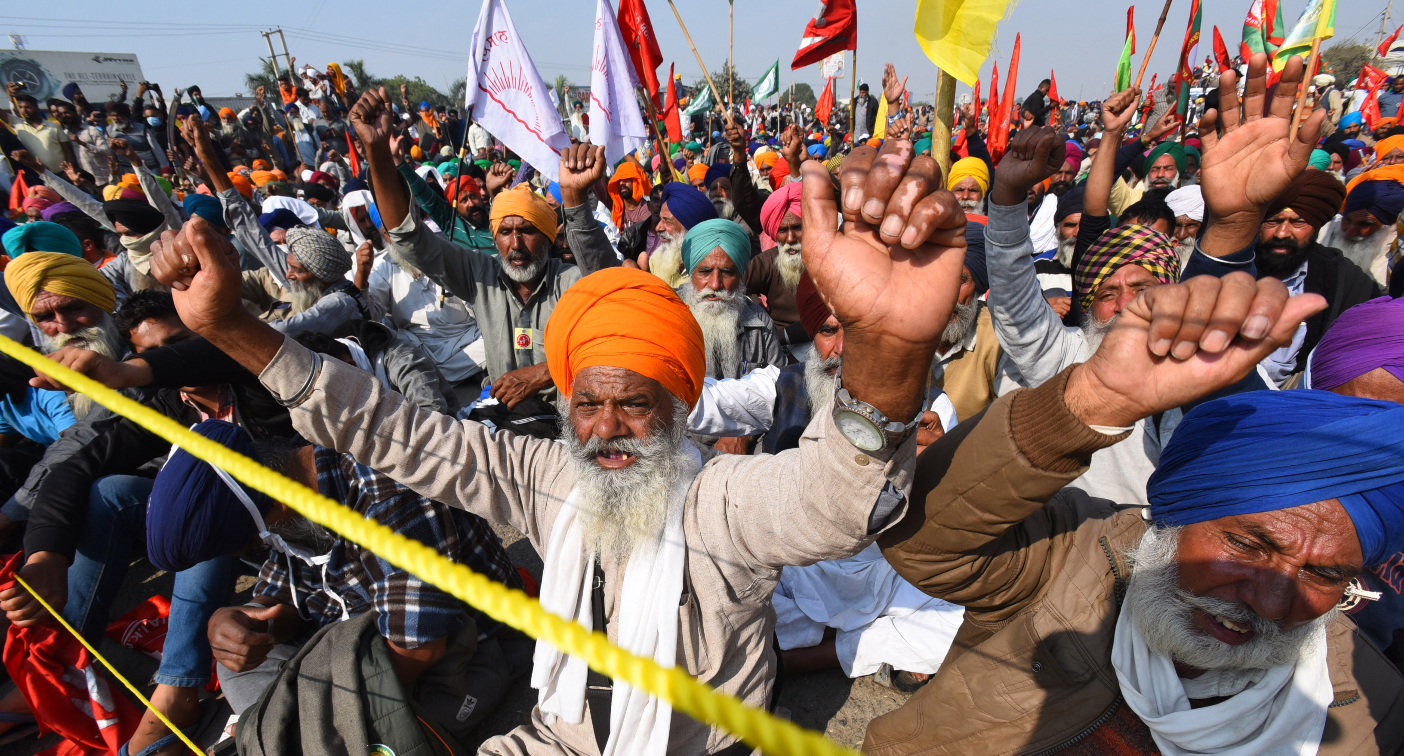
 OpinionExpress.In
OpinionExpress.In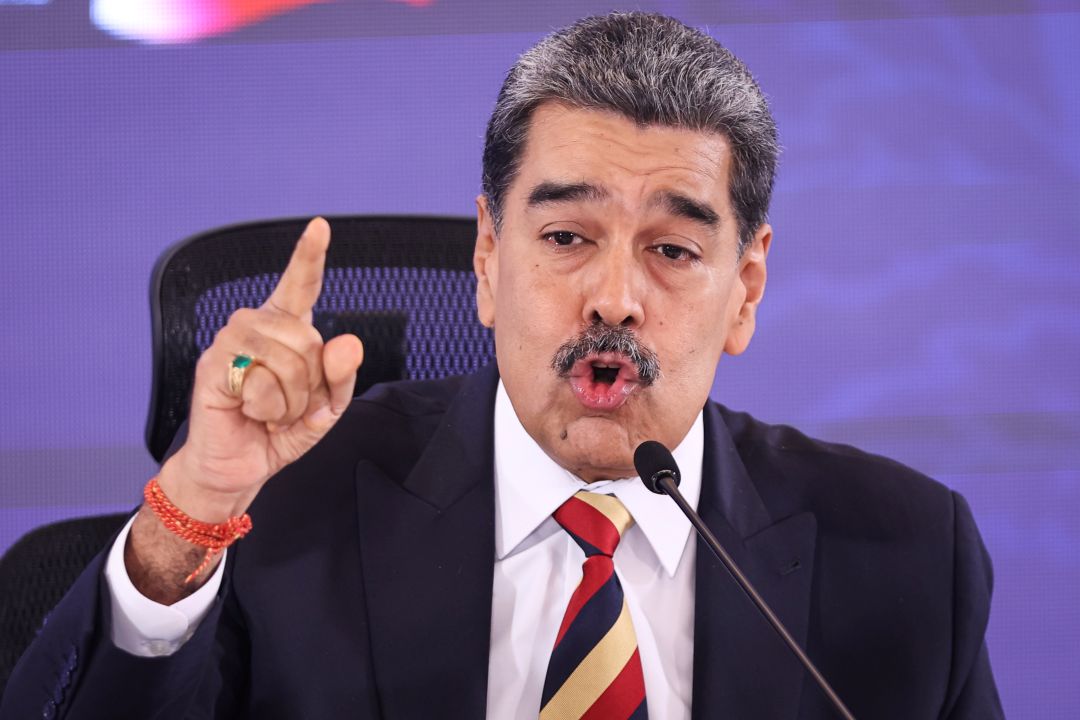

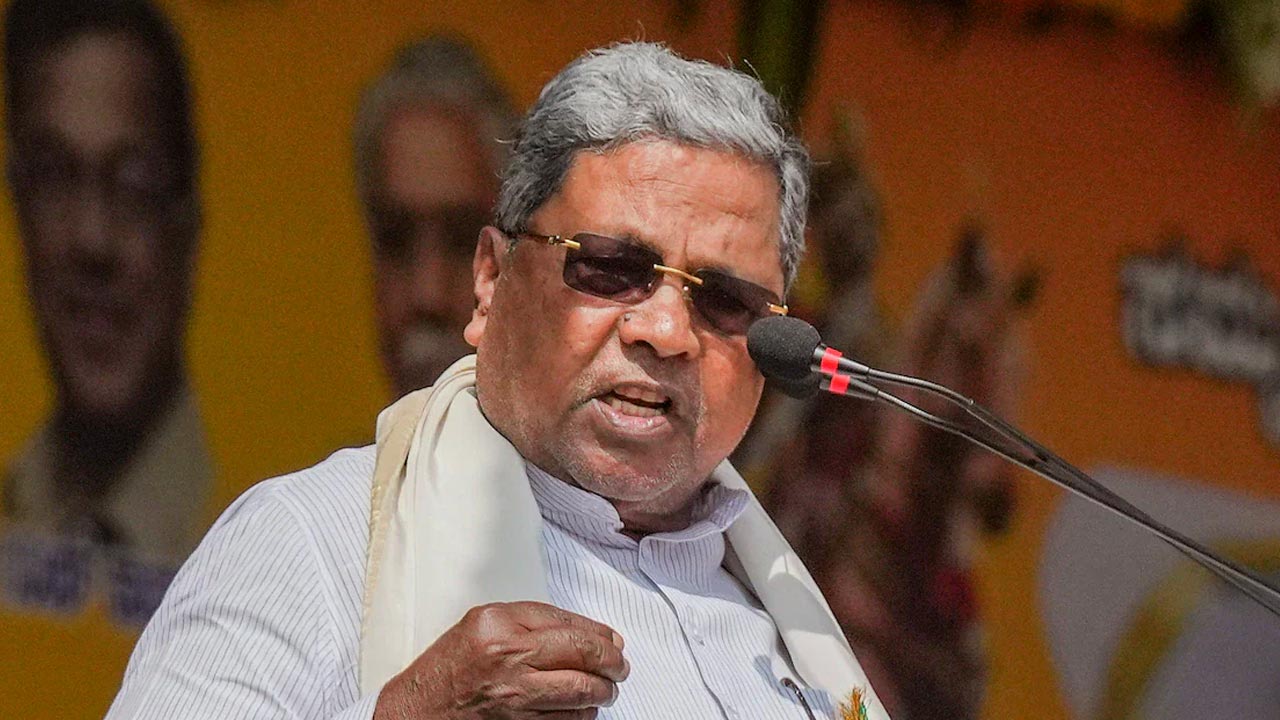
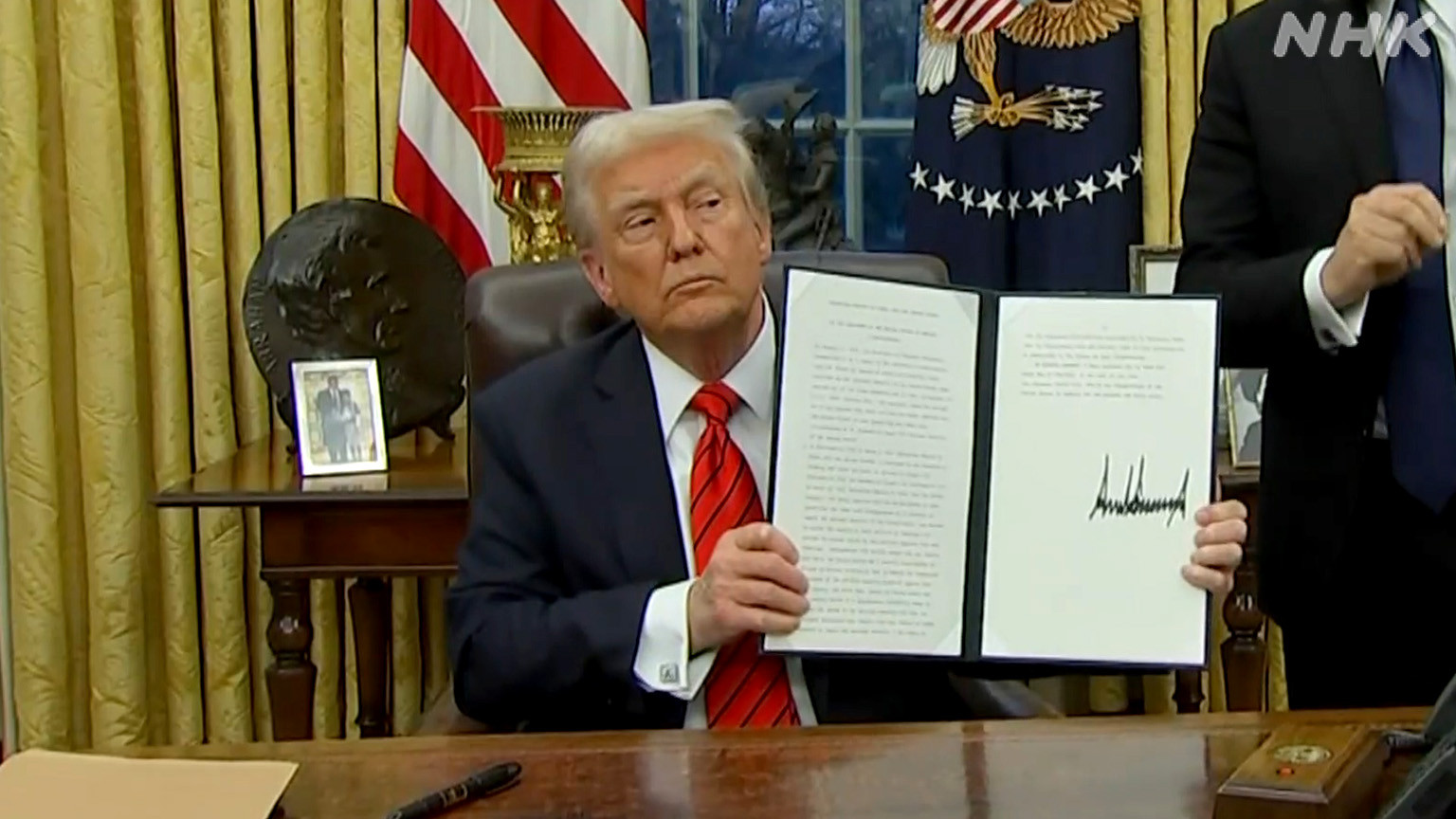
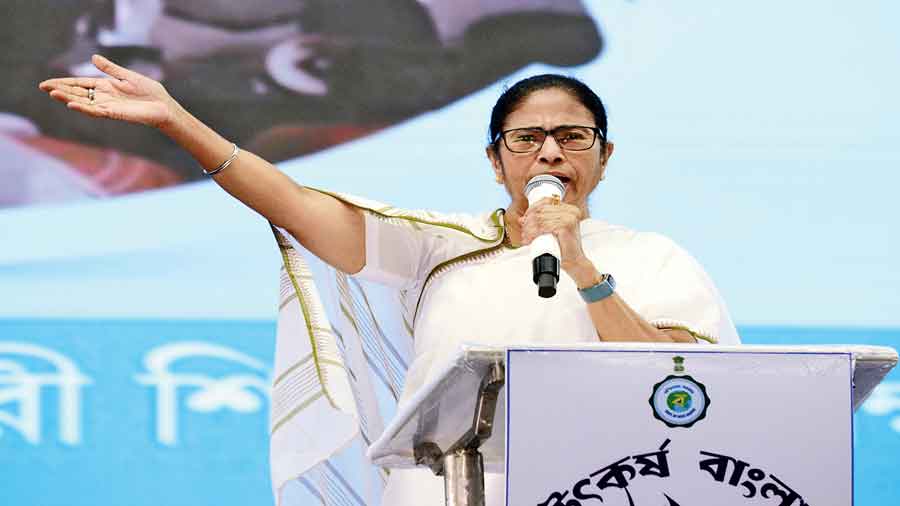
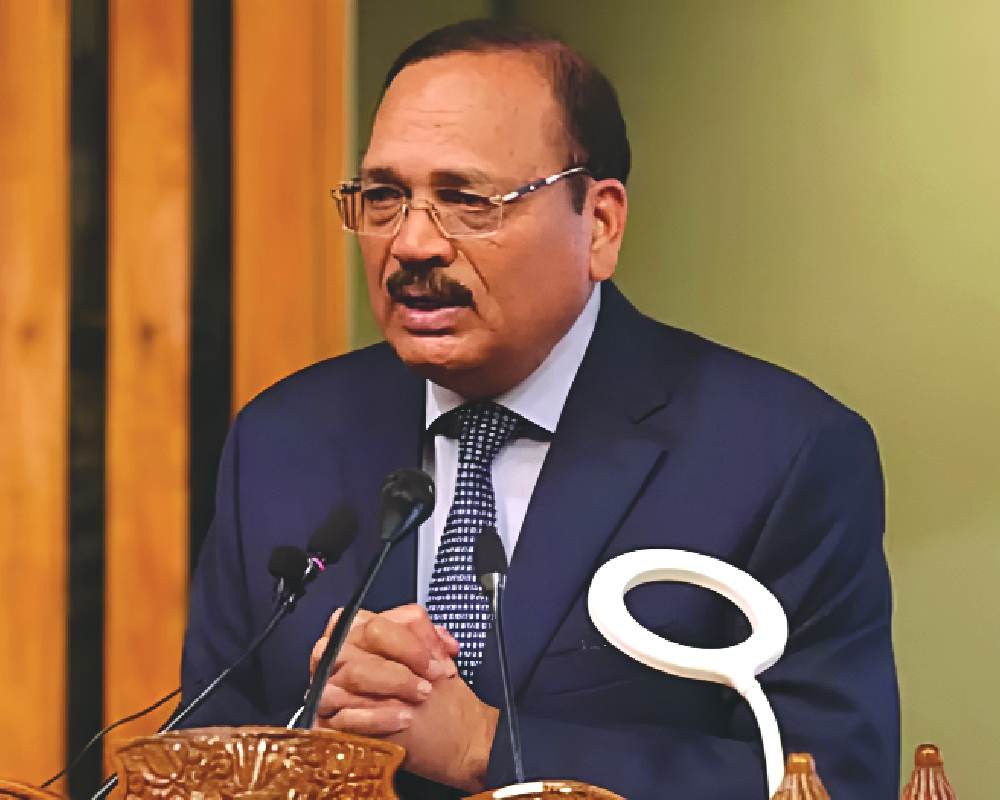
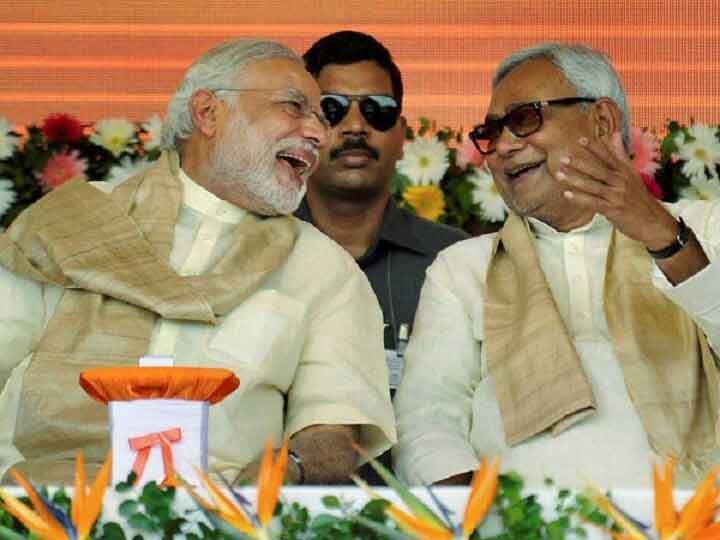
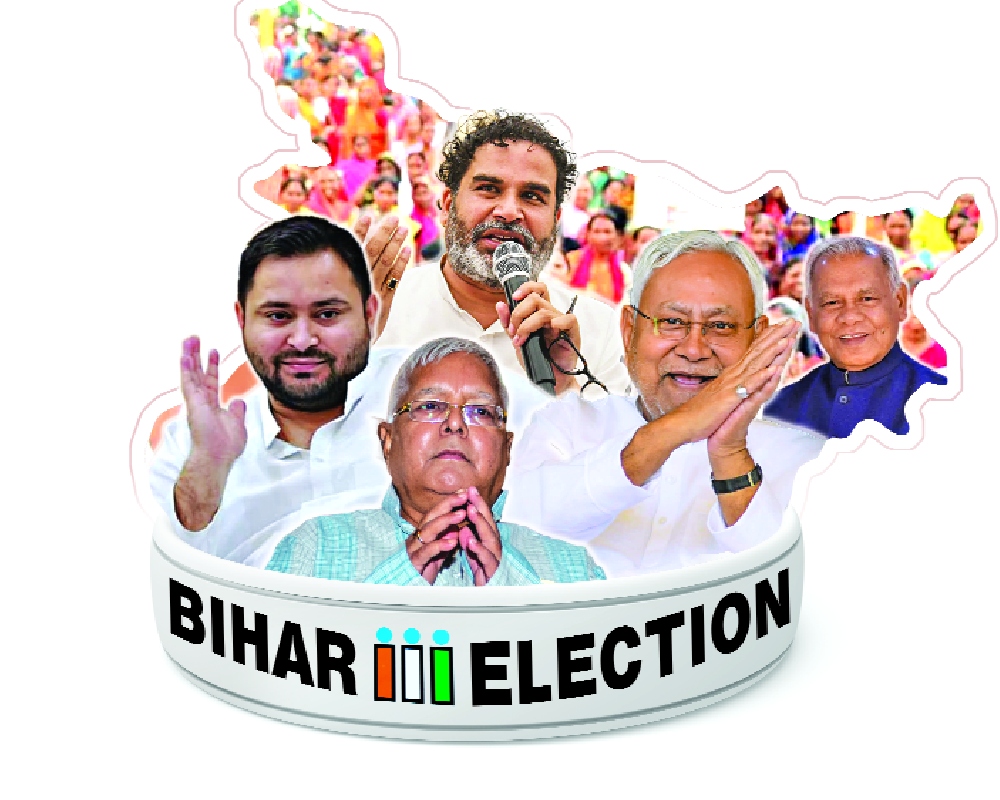
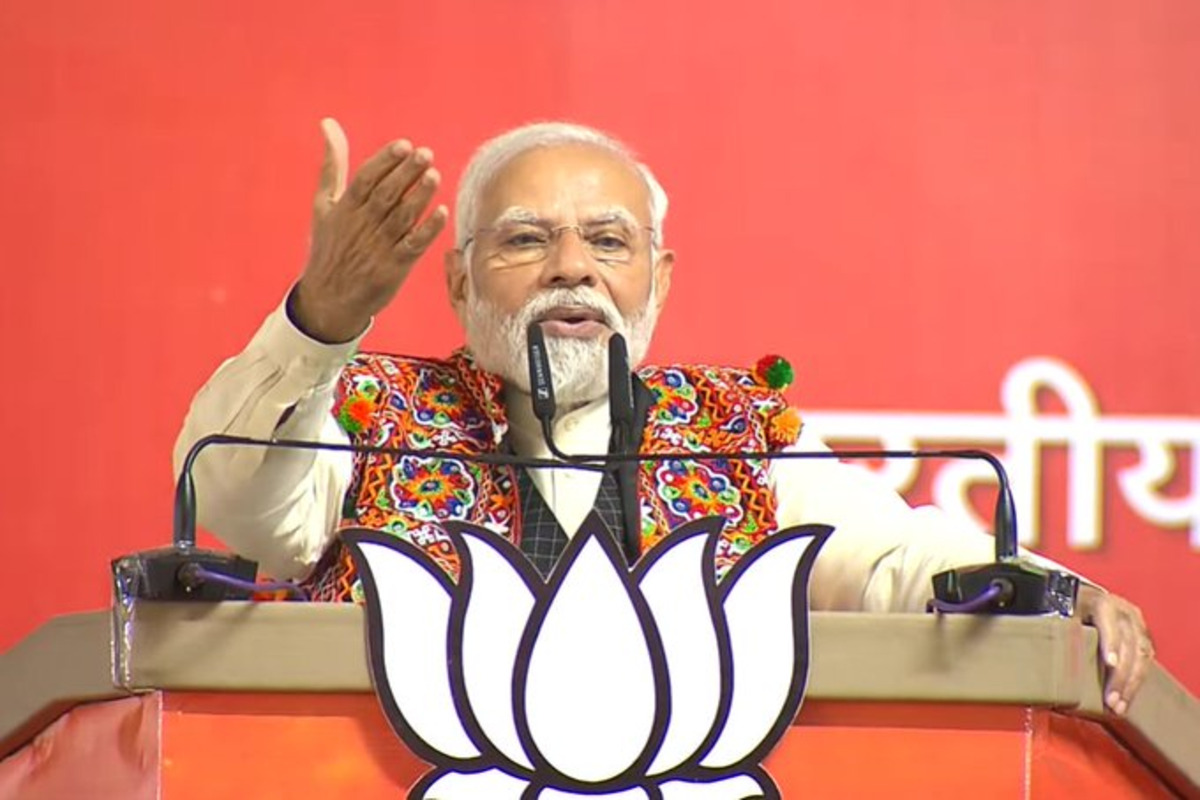







Comments (0)